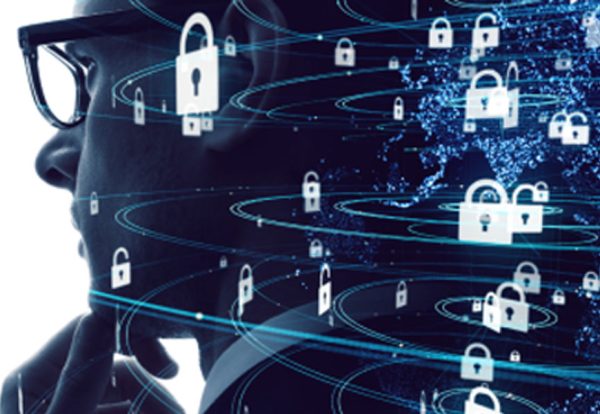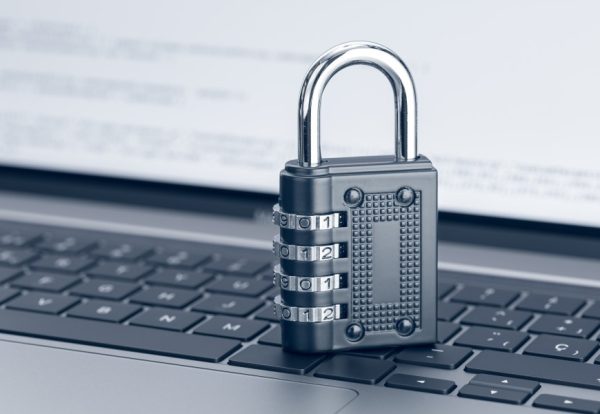Why Do You Need SIEM Now More Than Ever In 2024?
Did you know the two primary reasons why hackers are becoming increasingly dominating in the current digital-first climate:
1. Digital transformation, leading to
2. Outdated data-protection practices.
In India, around 32% of customers used online/digital payment methods, and nearly 31% used a mobile app for a bank in the fiscal year 2020.
This surge in mobile banking transactions has provided an open, playing field for hackers to gain access to user credentials, and tap into open-banking application programming interfaces (APIs).
Similarly, the volume of data reaching companies and enterprises is growing gigantically with time. Organizations are collecting, aggregating, and correlating tens of gigabytes of logs daily.
However, each of the areas from the time of collection to correlation involves certain challenges that prevent companies from implementing log-level data and protecting their system from cyber-risks.
In such a scenario, where companies are already struggling with handling big data, hackers can easily pose as an acquaintance, authority figure, or crisis resource to manipulate your customers in sharing information. A step further, they can sneak into your parameters as an acquaintance and stay there for all you’d know.
Companies need security, and that’s not as simple as it sounds. But by the end of this article, you’ll know why exactly you can’t do with SIEM in today’s age. Let’s dive in!
What is Security Information & Event Management (SIEM)?
SIEM has been around for 20+ years but has evolved from simply centralizing the repository of logs to becoming more complex with the inclusion of Security, Orchestration, Automation, and Response (SOAR).
To break down the jargon for you, here’s an explanation of SIEM in simpler words.
Consider you have a nice home. It has several valuable things inside it. You love it.
You want to keep it safe but you’re not always home.
So, you invest in a security system. It monitors the gateways and has motion detectors.
Now that you have the security in place, the alarm goes off when a door is opened or a window is moved at a time when it shouldn’t. The system notifies you of the unauthorized activity for you to take immediate action and protect your space.
Similarly, imagine if a teenager tries to sneak out of your house. The unauthorized activity is captured again by the motion sensors, and the alarm goes off. Your child stops in his tracks and goes back to his room.
You see, with a security management system, all remains well and safe.
And your organization isn’t much different.
It has important and confidential information, resources, and activities. And with things going digital, the transfer of a digital asset from one person to another, companies can’t go unprotected (or uninvested in security).
Security Information and Event Management (SIEM) systems act as the motion sensors of your home. It creates a single, integrated security system by analyzing network logs and other data to sketch a portrait of standard network activity. When a potential cyber threat attempts to breach, the standard network activity captures it.
Over time, the function of SIEM has evolved to become more about a device and environmental analysis strategy intended to secure the company’s data parameters. It does so by specialized SIEM tools assisting by ensuring compliance and remediating active threats.
Let’s dig into the details.
SIEM Tools: How Do They Work?
Ideally, a Security Information & Event Management tool is used to analyze, and consequently, help to respond to or prevent active security events. This is usually performed from a centrally managed console that provides a top-level view of your environment.
In a nutshell, SIEM tools are specialized software with comprehensive layers assessing:
1. End-user systems
2. Servers
3. Network devices
4. Active traffic
5. Resource utilization
And including everything that involves technological operations on-premises and remote.
They act as “digital auditors,” forwarding all gathered information to the integrated management console where analysts sift through the raw data sets and handle any security incidents as they arise.
What should you look for in your chosen SIEM solution?
Generally, all SIEM tools/products have the same basic characteristics; ingesting data, interpreting it, sending alerts, performing analytics, and providing a historical overview.
Although different companies set different criteria for choosing a SIEM tool that aligns with their needs, below is a set of standards that can be used while choosing the right one for your organization.
The key factors that help you decide whether the capabilities of a tool are fit for your business or not include; business size, types of data, vendor array, specific regulatory frameworks, budget, and your IT team’s usability preference.
Find out which basic questions you need to ask to make a smart decision.
• Must improve your log collection abilities
Does it have user-friendly features? Is it compatible across devices? You must invest in a security management solution that enhances how you collect and manage logs.
It should be compatible across your systems and devices, and a dashboard with a friendly CX would make it even better.
• Must achieve compliance
If the tool provides auditing and reporting, you’re good to go ahead. Compliance is the second most important area that you should be concerned about.
• Must provide strategy based on past events
The threat response workflow should include not only future events but a comprehensive overview of the past security incidents to move better.
A major advantage of using SIEM tool is to make it analyze what happened in the past, and instruct the system to use historical patterns in drilling down the threat gateways and optimizing protection capabilities. If the existing SIEM tool doesn’t benefit you with it, you’d better search for another.
• Must be fast, effective, and automated
The incident response time must be fast enough. Additionally, security alerting should be a priority to make your life easier. With customizable security alerts, you can easily keep moving without fearing that you’re neglecting a major issue.
The above-mentioned areas of interest can well-position you to choose one of the best SIEM solutions for your business. However, the probability of error still remains high.
Similar to using high-end solutions of security for your home, it goes without saying that you need to be two times more careful when you’re purchasing SIEM for your business.
In Conclusion
In today’s increasingly digital world, SIEM brings immense benefits to the table. However, their implementation is not a walk in the park. Yet their rewards do outweigh the cost and hassle of implementation – paired with a third-party service provider who takes on the entire execution and maintenance, you’ve got nothing to lose.
Anzen Technology is a fast-emerging and leading cybersecurity specialist in India that provides a full suite of security solutions from one platform. Whether you’re a small, mid-size or large-scale business in India, we are equipped with state-of-the-art, high-end software solutions that envelop your environment in a fool-proof setting.
Our SIEM tool performs threat detection and security incident response through real-time collection and analysis of events. From tapping into past events, customizing the solution to integrating it with your architecture, and making it a part of your security monitoring program, we ensure no unauthorized activity can get even close to your business.
It’s time to become competent to predict attacks based on data-driven analyses to make your security extremely fluid and adaptable. Let’s connect and talk over your security protocols today.





